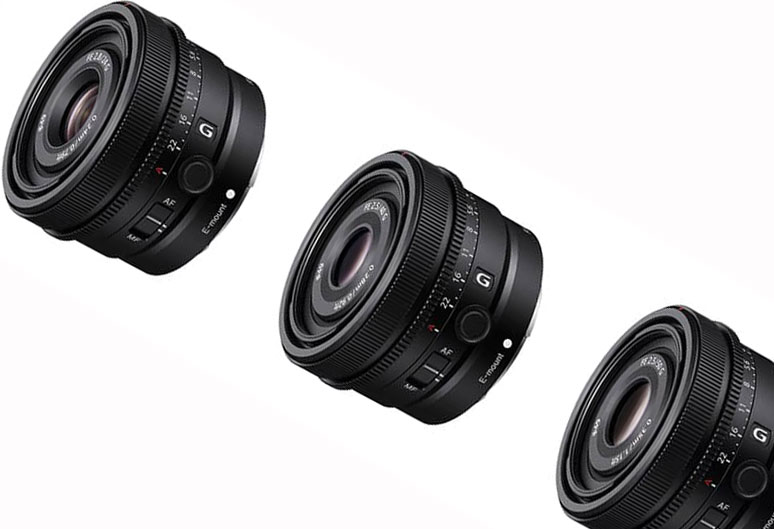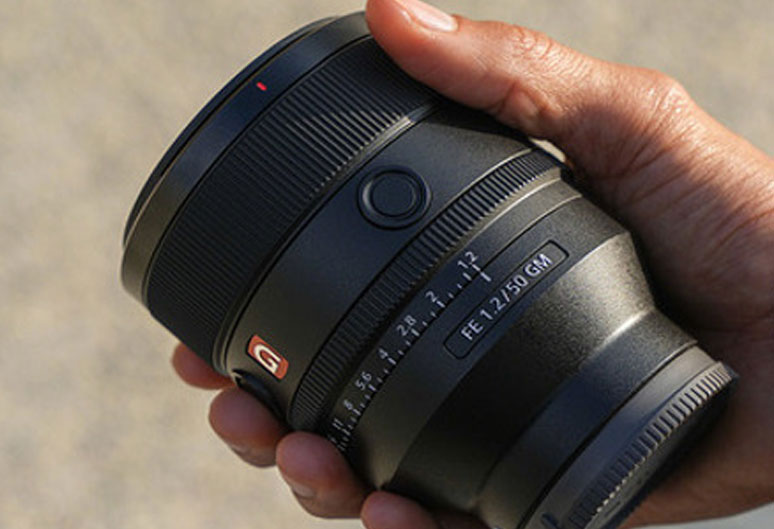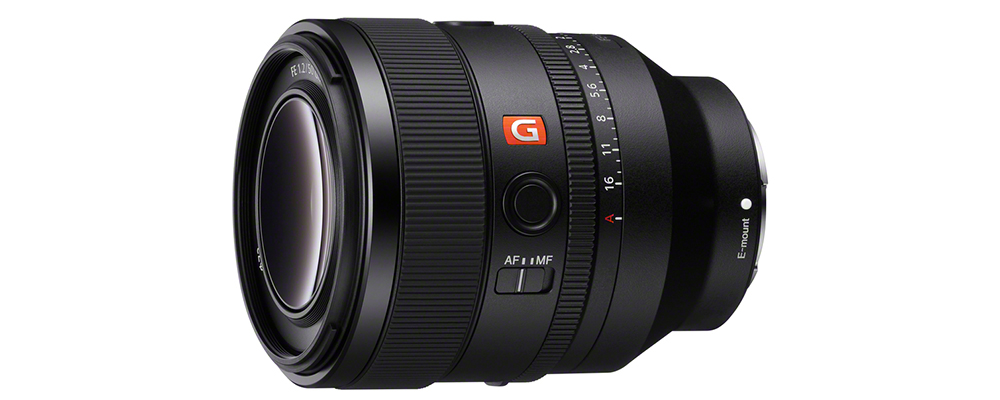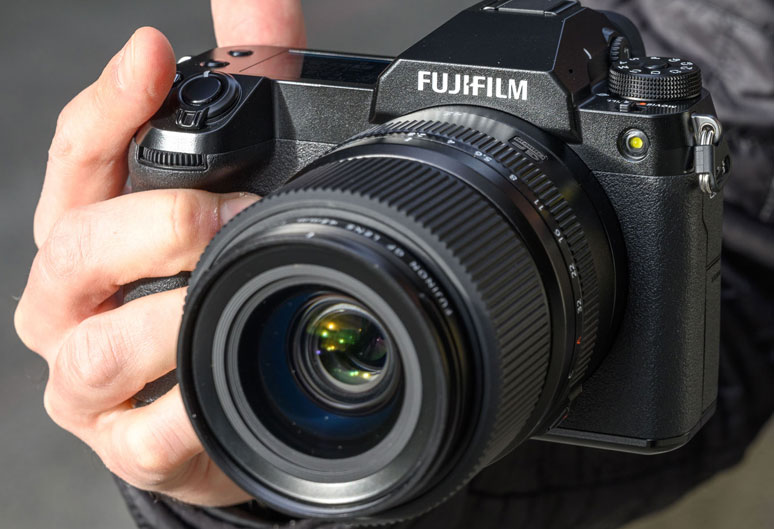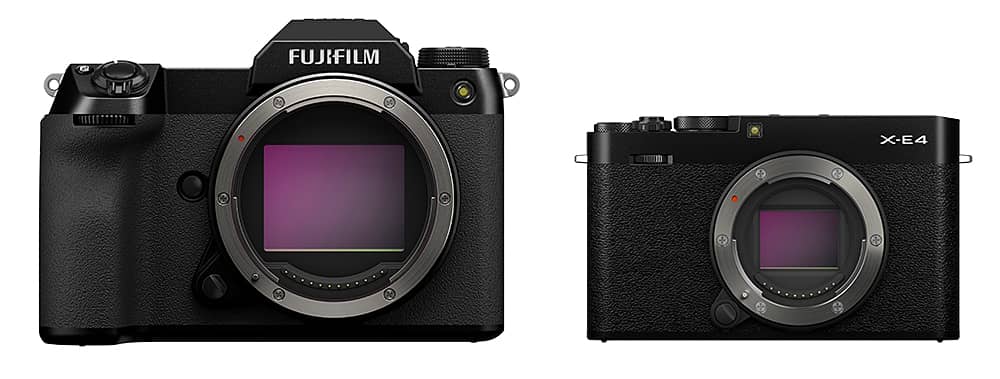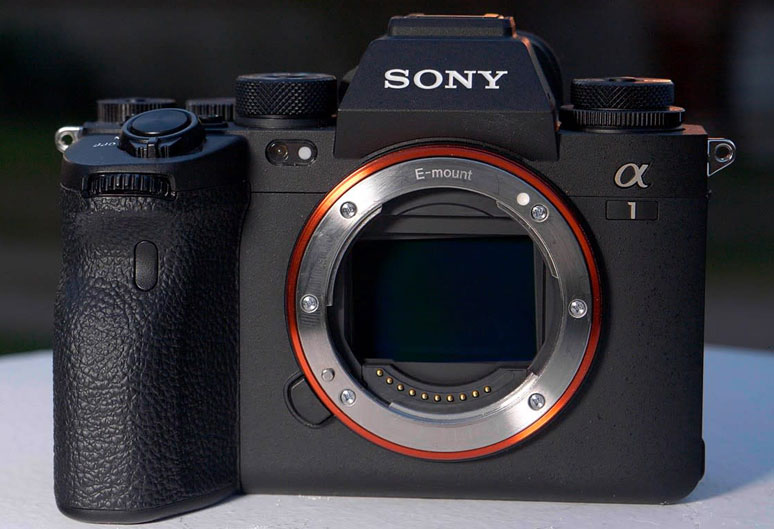Introducing Nathan Wake our new B2B Account Manager in the Fixation sales team.

Nathan’s role at Fixation
We are delighted to announce that Nathan Wake has joined the Fixation Sales Team. He joins Mike McNamara in offering our business and professional customers advice on the latest professional photographic equipment, rental, and repair services. Nathan is based out of Fixation in London and is happy to visit your location to demonstrate products and discuss your requirements.
At Fixation we pride ourselves on finding the right photographic solutions for our customers. Nathan brings to Fixation over 30 years of experience in supporting the photographic industry at Fujifilm and prior to that at KJP.
About Nathan
Nathan has always had a passion for photography and has used and owned a wide variety of different formats of digital and analogue cameras. He always carries a camera, has shot stock for travel picture libraries, weddings, landscapes, and enjoys street photography. He will often make time to shoot with other photographers to gain a better understanding of their field within the industry.
Before joining Fujifilm Nathan worked on the trade counter at KJP for 3 years where he built up his knowledge on analogue materials and equipment.
At Fujifilm he joined the Fujifilm Professional Customer Service team before going out on the road as a sales rep covering Northern England and Scotland where he looked after a wide spectrum of products and customers including photo wholesalers, medical illustration departments and newspapers.
He then jumped at an opportunity to move back to London and look after professional photographic labs, wholesalers, Police, and retail display labs spending over 15 years in this roll. During this time, he saw many changes within the industry the biggest being the move from analogue to digital for both capture and print.
For the last four years Nathan has been the Technical Product specialist for the digital camera department looking after product training, feedback, customer support and demonstrations to higher education, B2B and museum customers.
Contact Nathan and Mike at sales@fixationuk.com


